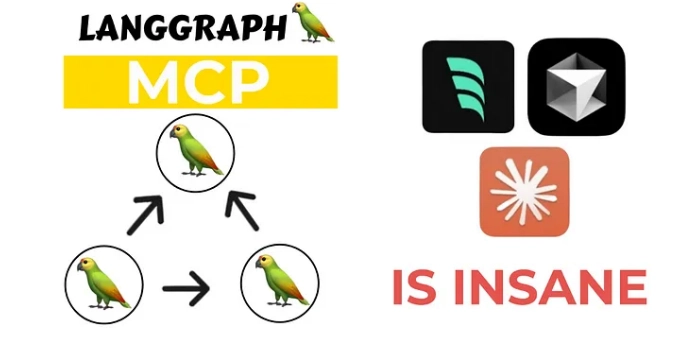Understanding Kafka and Message Queues: An Introduction Using Reason
Message queues have become an essential part of modern application architecture, particularly in distributed systems. One of the most popular technologies for implementing message queues is Apache Kafka. In this post, we will dive into what Kafka is, how it works, and its advantages over traditional message queue systems. What is Kafka? Kafka is an open-source distributed event streaming platform used to build real-time data pipelines and streaming applications. It is capable of handling high throughput and low-latency data transfer, making it ideal for processing large volumes of events in real-time. Core Concepts Producer: The application that sends messages to a Kafka topic. Consumer: The application that reads messages from a Kafka topic. Topic: A category or feed name to which messages are published. Topics are partitioned for scalability. Broker: A Kafka server that stores and serves data. Multiple brokers can form a Kafka cluster. Zookeeper: An ensemble that manages the Kafka brokers and keeps track of metadata. How Does Kafka Work? Kafka operates on a publish-subscribe model, allowing multiple consumers to subscribe to the same topic and receive messages independently. When a producer sends a message to a topic, it is written to a partition within that topic. Consumers then read messages from these partitions at their own pace, enabling asynchronous processing. Advantages of Using Kafka Scalability: Kafka can handle a large number of events per second due to its distributed design. Durability: Messages are persisted to disk, ensuring that no data is lost even in the event of a broker failure. High Throughput: Kafka can process thousands of messages per second, making it suitable for big data use cases. Fault Tolerance: Kafka replicates data across multiple brokers, ensuring data availability. Use Cases for Kafka Real-time analytics Log aggregation Stream processing Data integration across systems Conclusion Kafka's robust architecture and flexibility make it a preferred choice for organizations looking to implement message queues and event streaming systems. Whether you are building microservices or processing real-time data, Kafka provides the tools needed to ensure seamless data flow. If you're considering implementing Kafka in your architecture, it's essential to understand its core concepts and best practices to leverage its full potential. Happy Kafka-ing!

Message queues have become an essential part of modern application architecture, particularly in distributed systems. One of the most popular technologies for implementing message queues is Apache Kafka. In this post, we will dive into what Kafka is, how it works, and its advantages over traditional message queue systems.
What is Kafka?
Kafka is an open-source distributed event streaming platform used to build real-time data pipelines and streaming applications. It is capable of handling high throughput and low-latency data transfer, making it ideal for processing large volumes of events in real-time.
Core Concepts
- Producer: The application that sends messages to a Kafka topic.
- Consumer: The application that reads messages from a Kafka topic.
- Topic: A category or feed name to which messages are published. Topics are partitioned for scalability.
- Broker: A Kafka server that stores and serves data. Multiple brokers can form a Kafka cluster.
- Zookeeper: An ensemble that manages the Kafka brokers and keeps track of metadata.
How Does Kafka Work?
Kafka operates on a publish-subscribe model, allowing multiple consumers to subscribe to the same topic and receive messages independently. When a producer sends a message to a topic, it is written to a partition within that topic. Consumers then read messages from these partitions at their own pace, enabling asynchronous processing.
Advantages of Using Kafka
- Scalability: Kafka can handle a large number of events per second due to its distributed design.
- Durability: Messages are persisted to disk, ensuring that no data is lost even in the event of a broker failure.
- High Throughput: Kafka can process thousands of messages per second, making it suitable for big data use cases.
- Fault Tolerance: Kafka replicates data across multiple brokers, ensuring data availability.
Use Cases for Kafka
- Real-time analytics
- Log aggregation
- Stream processing
- Data integration across systems
Conclusion
Kafka's robust architecture and flexibility make it a preferred choice for organizations looking to implement message queues and event streaming systems. Whether you are building microservices or processing real-time data, Kafka provides the tools needed to ensure seamless data flow.
If you're considering implementing Kafka in your architecture, it's essential to understand its core concepts and best practices to leverage its full potential. Happy Kafka-ing!




















_ElenaBs_Alamy.jpg?width=1280&auto=webp&quality=80&disable=upscale#)

















![Bitten By Bed Bugs At Luxor—Rushed To Hospital, All They Did Was Waive Her Resort Fee. Now She’s Suing [Roundup]](https://viewfromthewing.com/wp-content/uploads/2025/05/luxor.jpg?#)





























